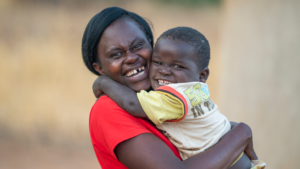
Children
Children
A high number of children living with HIV and pregnant women are still unaware of their HIV status or not able to start and continue treatment. Without treatment, 50% of children born with HIV will die before age two.
Read more
million people worldwide are living with HIV
of people above 15 years have no access to treatment
people die of AIDS every single year
As one of the largest HIV-specific funders in the world, we fund and raise funds to directly support communities with long-term, flexible, and core funding and funding for advocacy. We recognise that funding alone is not sufficient to address the complex challenges of HIV. We put communities in the lead to address challenges and inequalities by giving them the power to decide on funding and programming to make the most effective investments to end AIDS. We encourage innovation by piloting and scaling approaches and models to make the biggest impact.
Read all about our approachWe know from more than four decades of experience that community-led approaches are the only way to end AIDS. That is why we invest in communities through community-led responses, like the Love Alliance and the Robert Carr Fund. In those programmes and funds, communities play a central part in decision-making processes and investments. They know best what is needed and what works.
What is new? Check out our highlights!
Aidsfonds is interested in working together to further strengthen community leadership, increase HIV prevention choices, and improve treatment outcomes and quality of life of people living with or exposed to HIV. We want to talk to anyone who shares our dream and wants to join us on a journey toward a world free of AIDS.
Get in touch!
